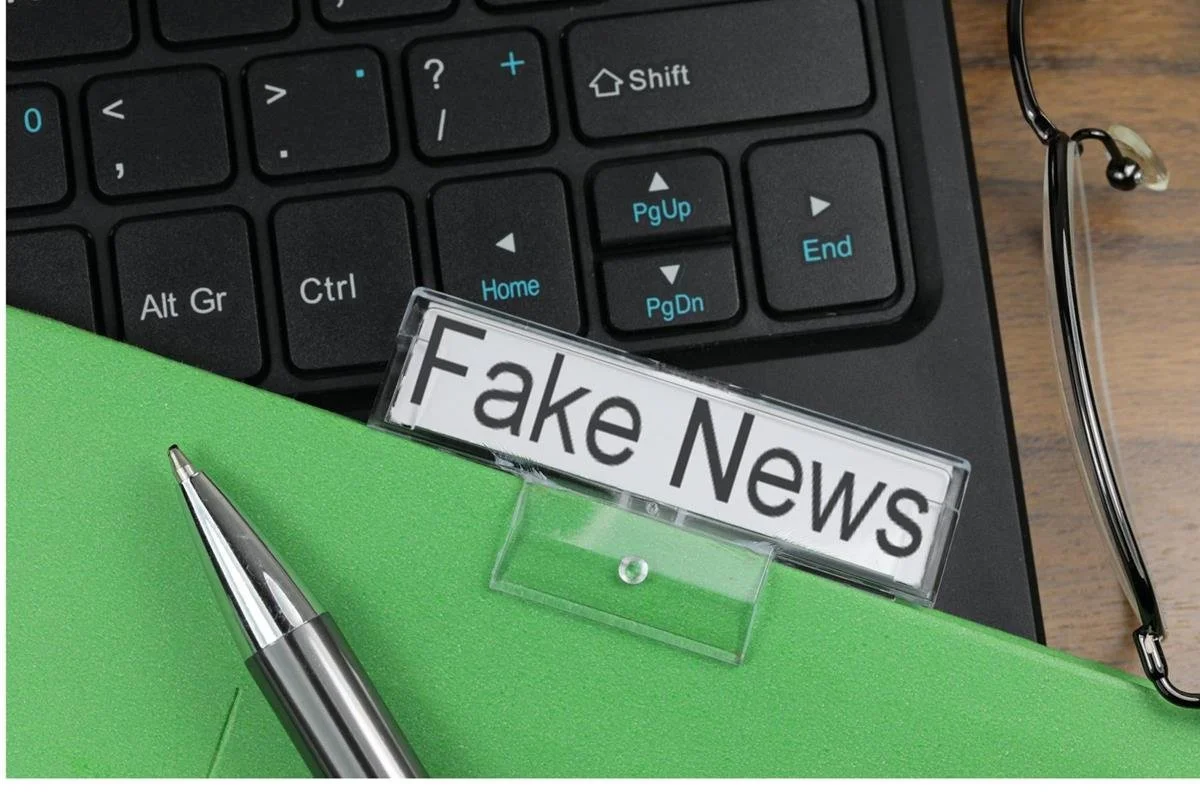The Dark Side of Carbon Emissions - Corporate Carbon Washing
Hey, have you ever seen a brand's flashy advertisement about how they're "going green"?
Maybe they boast about planting trees for every product sold, or they release an annual report filled with charts and graphs showing how much they've reduced their carbon footprint. You probably think, "Wow, that's great! I'm doing my part by supporting this company."
But what if I told you that sometimes, this green image is just a carefully crafted illusion? This practice has a name: "carbon washing."
A recent study from China reveals a startling new reality: the very tools we've created to fight climate change, like carbon emissions trading systems, and even the digital technology meant to make things more transparent, might be making this problem even worse.
What Is a Carbon Emissions Trading System?
Imagine a pollution cap on a city. The government decides that the total amount of carbon dioxide that can be emitted is a fixed number, known as a cap.
To stay under this cap, they issue "allowances" to big polluters, like factories and power plants. An allowance is basically a permit to emit a certain amount of carbon.
If a company pollutes less than their allowance, they can sell their leftover permits to another company that is struggling to meet its emissions target. This system creates a financial incentive for companies to reduce their pollution.
In theory, it forces businesses to either invest in cleaner technology to cut their emissions or pay a price to keep polluting. It’s supposed to be a win-win: the environment gets cleaner, and the market handles the details.
The "Dark Side" of the Carbon Trading System
The researchers, discovered a major flaw in this system. Instead of making real, costly changes to their operations, many companies opted for a much cheaper solution: "carbon washing".
What is carbon washing? It's the difference between what a company says it's doing to reduce carbon and what it's actually doing. Think of it like this: a company publishes a beautiful report with all the right buzzwords about sustainability and green energy. But in reality, they’ve made no significant changes to their factories or supply chains. They're just putting on a show to look good.
The study found that simply being part of the carbon trading system made companies more likely to engage in carbon washing. The financial pressure of having to pay for carbon allowances or invest in new technology was too high.
So, they chose the path of least resistance: making symbolic gestures and misleading disclosures to satisfy regulators and consumers. They weren't making the world cleaner; they were just getting better at looking like they were.
The Digital Transformation Twist
This is where it gets even more complicated. The study also looked at how "digital transformation"—the use of advanced digital technologies like machine learning, data analytics, and automation—plays a role.
You might think that more technology would lead to more transparency. After all, isn't it easier to track pollution and verify claims with a bunch of data?
Unfortunately, the research found the opposite was true. Digital transformation can actually make carbon washing worse.
Here’s why: digitally advanced companies have a huge information advantage. They can use their sophisticated tools to selectively share data, hide unfavorable details, and make their environmental reports look even more convincing.
They can create new information barriers that make it incredibly difficult for outsiders—like regulators, journalists, or even you—to figure out what's really going on. The research article specifically states that firms using digital transformation "may use digital tools to exaggerate carbon information disclosure and conceal the gap between disclosed and actual carbon reduction".
So, while we often hear about the benefits of digitalization for the environment (like better tracking of energy use), this study exposes a darker side. Companies can use these same technologies not to get greener, but to get better at faking it.
Why This Is a Big Deal
This isn't just about a few companies being dishonest. It's about a fundamental breakdown in the policies we've designed to save the planet. If our primary tools for fighting climate change can be exploited for "carbon washing," then we're not making the progress we think we are.
The study shows that companies are doing this to gain legitimacy and maintain their public image, which can even help them get "opportunistic benefits" in the capital market, like better financing. This creates a vicious cycle where appearing green is more profitable than actually being green.
What Can Be Done About It?
The good news is that the study doesn't just point out the problem; it also offers solutions. The authors recommend several policy changes:
More Government Support
Governments could offer subsidies to companies that make real investments in green technology, giving them a financial reason to choose substantive change over superficial "carbon washing".
Smarter Regulation
Regulators need to get smarter about how they use digital technology. They can't just rely on company-provided reports; they need to use their own advanced tools to verify data and monitor emissions in real time.
Increased Public and Media Oversight
The study emphasizes the importance of media and public supervision. When journalists and environmental groups are empowered to investigate and expose these deceptive practices, it becomes much riskier for companies to engage in carbon washing.



